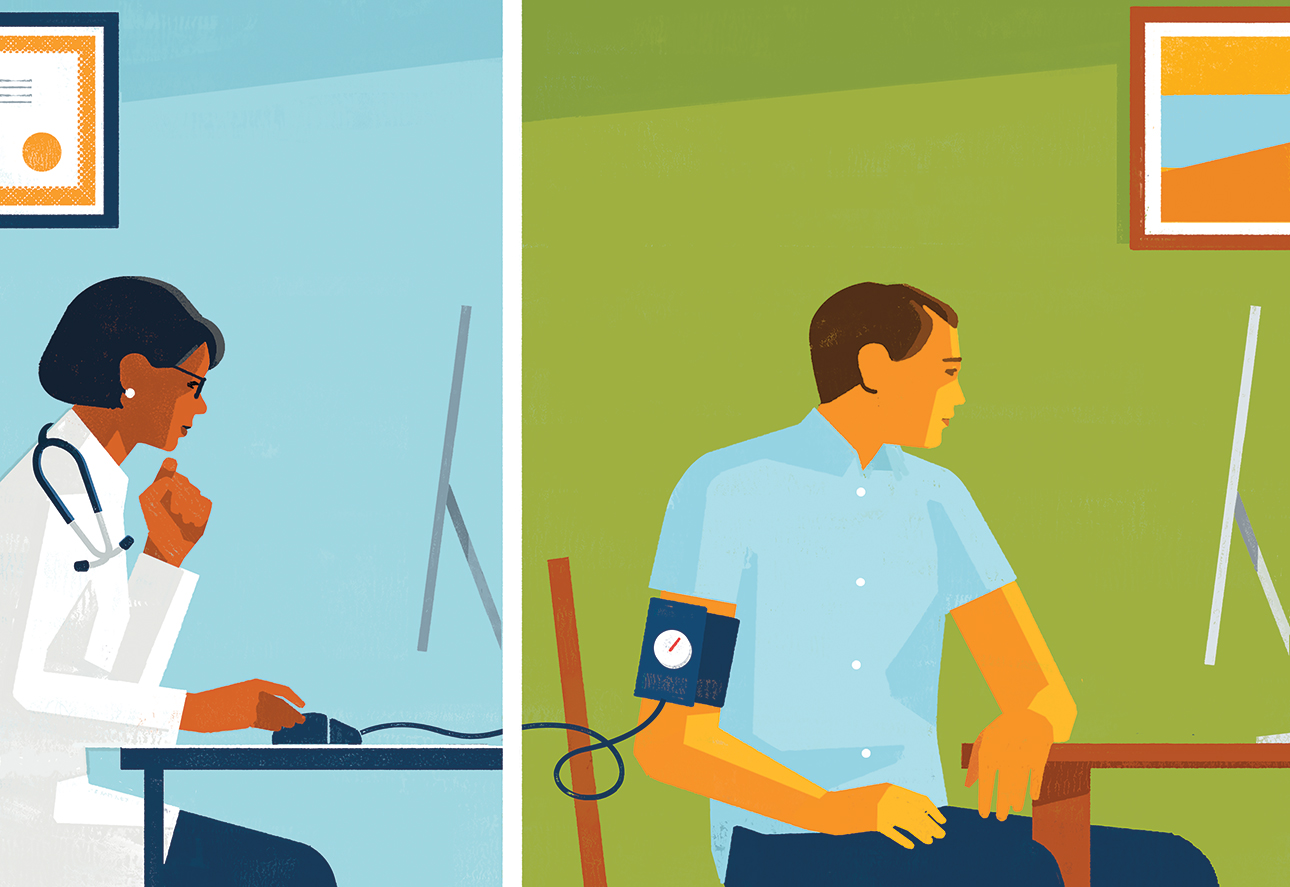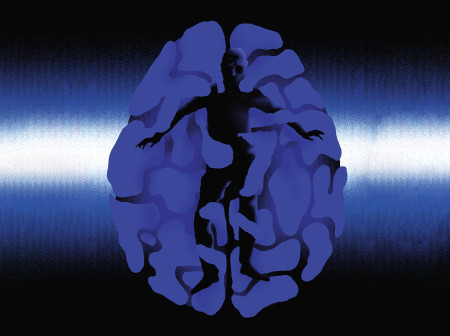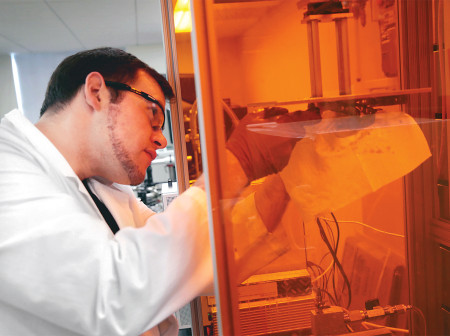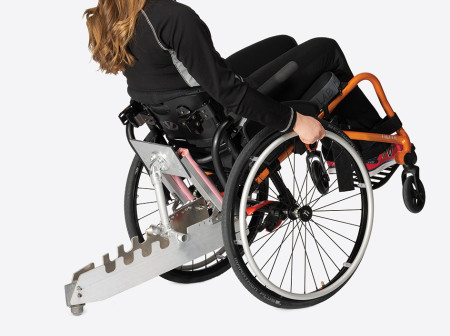“I’ve said for 20 years that 80% of what we do in primary care probably doesn’t need the doctor and the patient to be in the same room together,” says Jeff Linder ’92, ’97 MD, the Michael A. Gertz Professor of Medicine.
While there are some medical conditions that require in-person visits, for most interactions, Linder says, telehealth is ideal. The benefits are clear. Patients can see a doctor from work or home, and a 15-minute interaction does not require a half-day commitment. Some diagnostic devices may even be mailed to a patient’s home, allowing physicians to measure vital signs or listen to a patient’s lungs and heart from afar.
“Patients seem to like telehealth because it makes their medical care so much less obtrusive,” says neurology professor Richard Bernstein, Northwestern Medicine’s medical director of telehealth and Distinguished Physician in Vascular Neurology.
There are major cost savings for medical providers, too. Clinics don’t have to employ as many people. They need fewer exam rooms and less parking.
While doctors likely needed little convincing, the coronavirus pandemic forced Medicare and the major private insurance payers to recognize telehealth’s validity and compensate physicians and therapists for virtual visits.
“It’s ready for prime time,” says Jacqueline Gollan, an associate professor of psychiatry and behavioral sciences and obstetrics and gynecology who uses telepsychology to deliver phone-based cognitive behavior treatment for depression and anxiety.
Video visits and phone check-ins, she says, advance the delivery of health care by removing physical barriers, while also increasing privacy and reducing stigma.
“The treatment via telehealth is robust,” she adds. “It feels a little bit more like intensive care, actually, because we’re getting so much education and treatment done in our sessions.”
Linder, a general internist who specializes in adult primary care, says there are additional advantages to video visits, such as seeing a patient’s living conditions. Virtual telehealth visits also allow physicians to engage involved caregivers who might be able to help describe a patient’s symptoms.
“I can also say, ‘Go to your medicine cabinet and show me what medicines you’re taking,’ whereas for an in-person visit, we’re left wondering, ‘Is Mrs. Smith taking the right drugs?’ ” says Linder, who is chief of general internal medicine and geriatrics in the Department of Medicine.
Challenges remain though. For example, there’s some evidence that telehealth patients are more likely to get inappropriate antibiotics, says Linder. Some older adults may lack access — real or perceived — to the technology or know-how needed to do a video-based visit. And some patients may struggle with the abstract expression of how they’re feeling.
Michael Wolf, associate vice chair for research in the Department of Medicine, is leading the Chicago COVID & Comorbidities (C3) Survey, which is following a diverse cohort of patients who have complex health care needs that require routine visits — “the frequent flyers of the health care system.”
“Are they getting as much satisfaction with these [telehealth] visits as they were with in-person visits?” wonders Wolf, director of the Institute for Public Health and Medicine’s Center for Applied Health Research on Aging. His center is working to understand what patients are thriving with telehealth, which individuals may need additional technical support, and what type still needs in-person visits. “We want to make sure that COVID doesn’t create further health care disparities because of a lack of access or capability,” he says.
In the end, Bernstein says, some situations require face-to-face interactions. “You would never want to be told by Skype that your tumor has recurred,” he says. “Some things require human connection. We’ll sort all that out, though. Doctors and patients are both good at knowing what’s best for them.”




Reader Responses
No one has commented on this page yet.
Submit a Response